An agonizing decision has been simmering on the back burner for the last eight months. Ever since he was little, Pat’s maternal family and all extensions thereof reunited every other year on a summer vacation. Pat has wonderful childhood memories of dude ranches, Alaskan cruises, and fun under the summer sun. In 2009, for the first time ever, Pat had to settle for a vicarious experience of Yellowstone-with-the-family by perusing facebook postings every night. Ever since then, reunion 2011 has been on our minds.
We attended weddings all summer 2010 and then answered the “what’s next” question by taking a hard look at our goals and dreams. We intensively researched a Pacific crossing by sailboat and discovered we’d have to wait around the States all fall, winter, and half of spring. Having given up our “professional” jobs — the cornerstone of house, kids, career — and with several people reminding us that our window of opportunity for starting a family is “rapidly shrinking,” we were anxious to get going on goals and dreams that require joblessness.
After spending the summer… spending, we decided to combine goal #1 and 3 — start seeing the world and take advantage of the before-age-30-working-holiday visa in either Australia or New Zealand. We love being in the mountains. New Zealand is covered in peaks. It was an easy choice. We received work visas in our inboxes within three days of applying, then shopped for the cheapest tickets. The timing worked out to visit lots of family and friends before leaving, and the “Are you coming back for the reunion?” question came up several times. We couldn’t predict where our adventure would take us, but we assured everyone we had every intention of trying.
Fast-forward to three months before said reunion. The allure of a return trip to the States had grown and grown. Not only would we get to see family, but we’d missed Christmas, AND both of my sisters and their families were now visiting my parents in the weeks before the reunion. It was an opportunity for the proverbial two birds with one stone, with an extra two birds factored in. However, the price tag on a ticket across the Pacific is in excess of $1,000. If you’re reading this blog, you probably think that’s a lot of money. When jobless and trying to live on about $4,000 a year, I think I need more than one four-letter-expletive to accurately depict the meaning of $1,000 in my current life.
Countless friends and family members lent their ears as I wrestled with “to go or not to go?” I felt pretty grim as I finally and reluctantly decided with the “don’t go” contingent. “Your family will understand,” they said. “You’re worked hard for this once in a lifetime opportunity, and they know that it’s just not practical for you to come,” they said. “You’ll lose time you can never get back on a visa you’ll never be eligible for again,” they said.

What I don't have much of - NZ scrilla (any scrilla, really. Scrilla = money for all you non-gangstas out there)
With a heavy heart, I dialed my parents to let them know the trip we’d been hoping for for months wasn’t going to come to fruition. They offered condolences along the lines of “That must have been a hard choice,” and then we talked about the weather, shared stories about recent happenings in our lives, and discussed plans for the future. As we were saying goodbye, my father dropped a bomb. “What if we paid for half the trip?” My jaw dropped, and I would later learn my mother/keeper-of-the-almighty budget almost dropped the phone as her eyes went wide. Speechless for a few moments, I finally managed, “Um… what do you mean?” Well, my dad’s work involves living alone for weeks at a time in hotels near mineral mines where he trains employees to use a mining efficiency program. He was offering to use his compensation travel bonus to help our hopes of seeing our families become a reality. I was so shell-shocked, my parents actually had to ask if I wanted to take them up on the offer.
The only condition was, everything had to be a surprise. Neither of my sisters could know. I proposed to Pat that we surprise his family too, and the plan of action was in motion! The gift of homecoming and family is one of the best in the world. I’d gone from glum to gleeful within an hour, and hung up the phone on cloud nine!

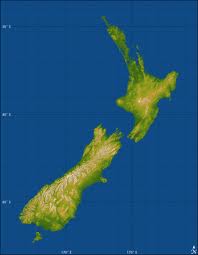

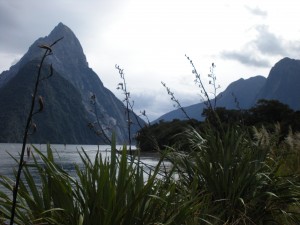
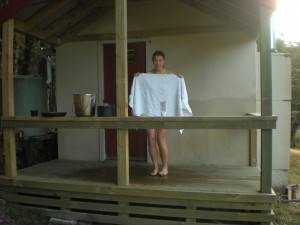
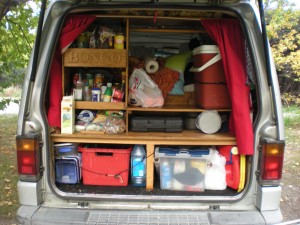

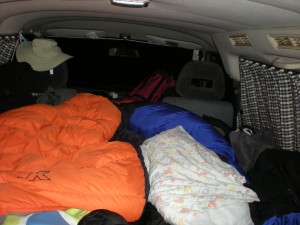







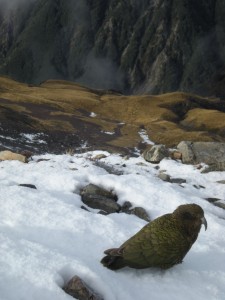
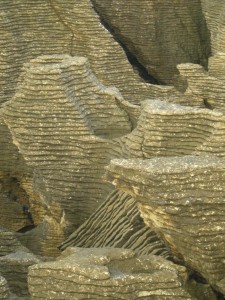

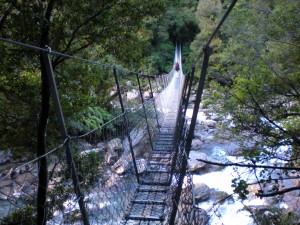
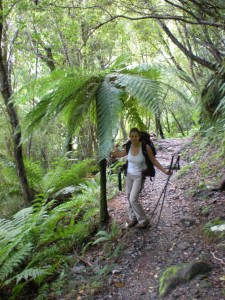
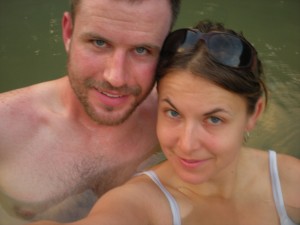
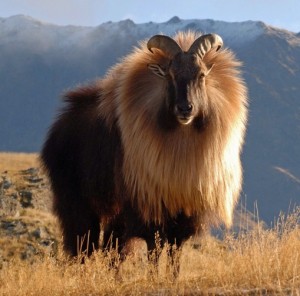
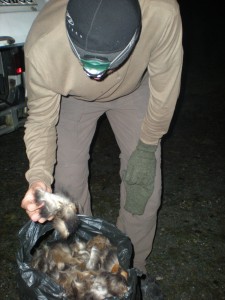
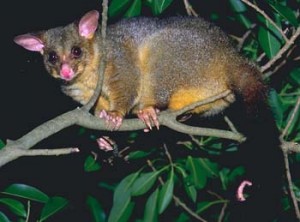
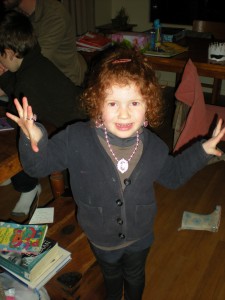
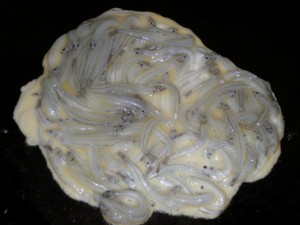
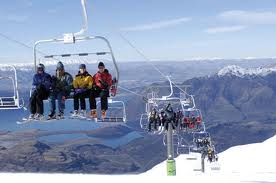

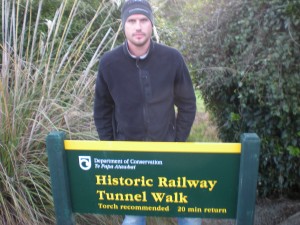






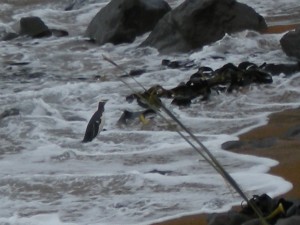

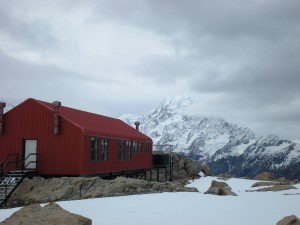

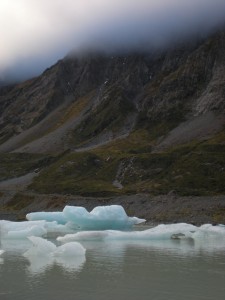


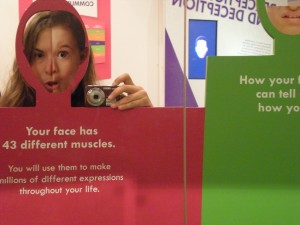






Twitter Facebook Google+ StumbleUpon Reddit Pinterest